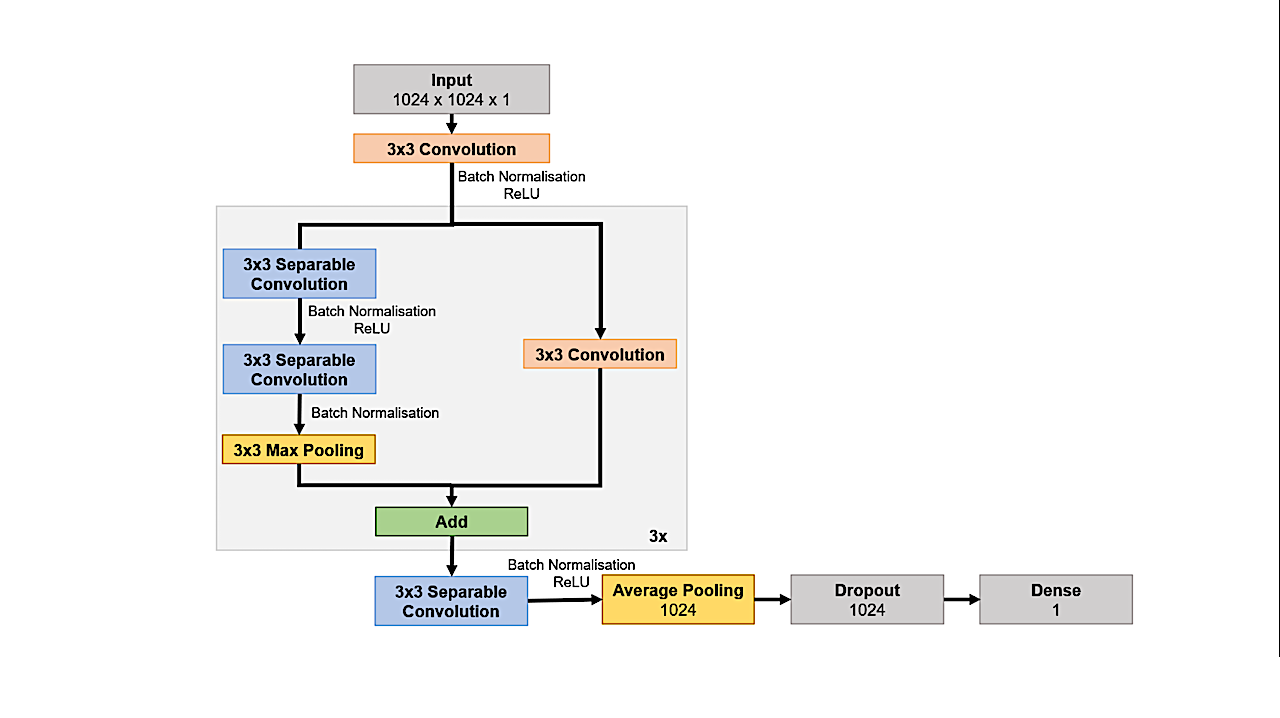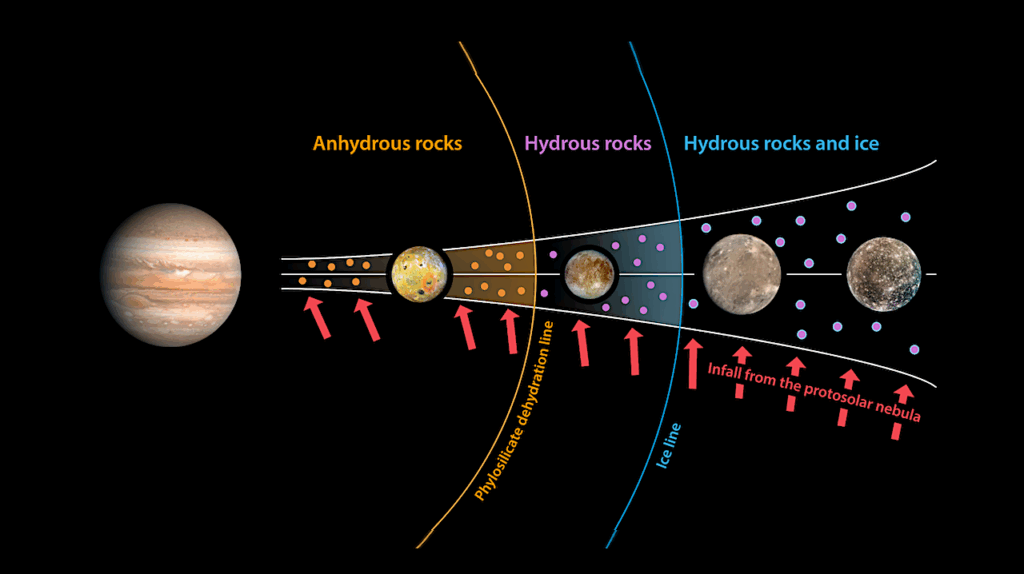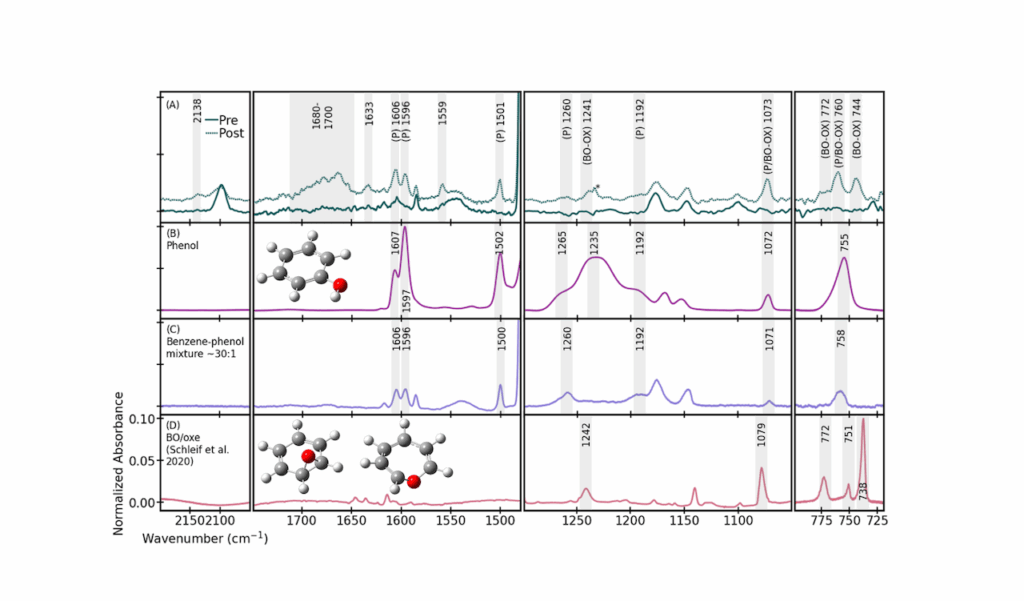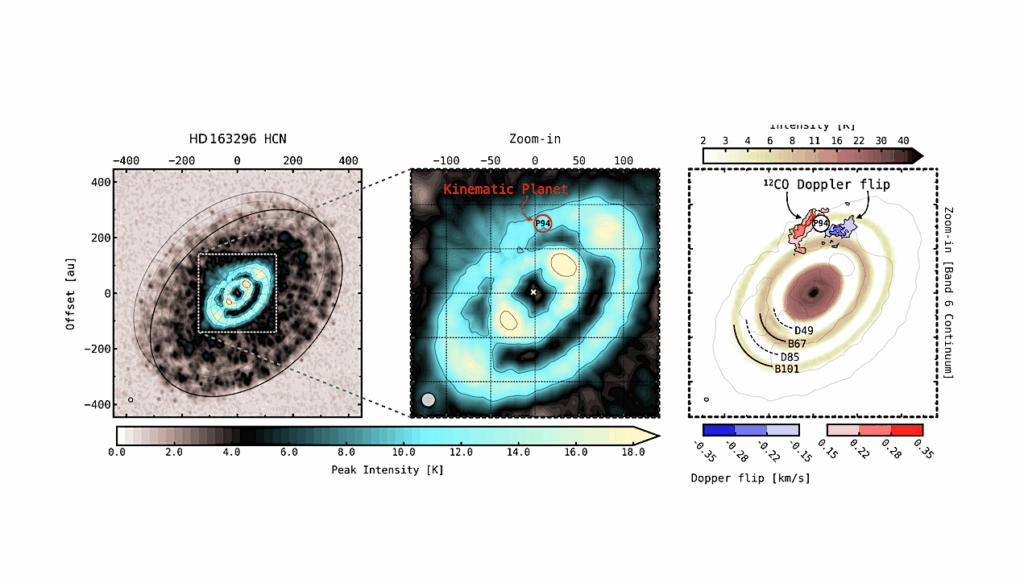Surveying The Ice Condensation Period At Southern Polar Mars Using A CNN

Before the seasonal polar ice cap starts to expand towards lower latitudes on Mars, small frost patches may condensate out during the cold night and they may remain on the surface even during the day in shady areas.
If ice in these areas can persist before the arrival of the contiguous ice cap, they may remain after the recession of it too, until the irradiation increases and the ice is met with direct sunlight.
In case these small patches form periodically at the same location, slow chemical changes might occur as well. To see the spatial and temporal occurrence of such ice patches, large number of optical images should be searched for and checked. The aim of this study is to survey the ice condensation period on the surface with an automatized method using a Convolutional Neural Network (CNN) applied to High-Resolution Imaging Science Experiment (HiRISE) imagery from the Mars Reconnaissance Orbiter mission.
The CNN trained to recognise small ice patches is automatizing the search, making it feasible to analyse large datasets. Previously a manual image analysis was conducted on 110 images from the southern hemisphere, captured by the HiRISE camera. Out of these, 37 images were identified with smaller ice patches, which were used to train the CNN.
This approach is applied now to find further images with potential water ice patches in the latitude band between -40° and -60°, but contrarily to the training dataset recorded between 140-200° solar longitude, the images were taken from the condensation period between Ls = 0° to 90°. The model was ran on 171 new HiRISE images randomly picked from the given period between -40° and -60° latitude band, creating 73155 small image chunks.
The model classified 2 images that show small, probably recently condensed frost patches and 327 chunks were predicted to show ice with more than 60% probability.
Mira Gergácz, Ákos Kereszturi
Subjects: Earth and Planetary Astrophysics (astro-ph.EP); Machine Learning (cs.LG); Image and Video Processing (eess.IV)
Cite as: arXiv:2312.15260 [astro-ph.EP] (or arXiv:2312.15260v1 [astro-ph.EP] for this version)
Submission history
From: Mira Gergácz
[v1] Sat, 23 Dec 2023 13:43:24 UTC (749 KB)
https://arxiv.org/abs/2312.15260
Astrobiology








